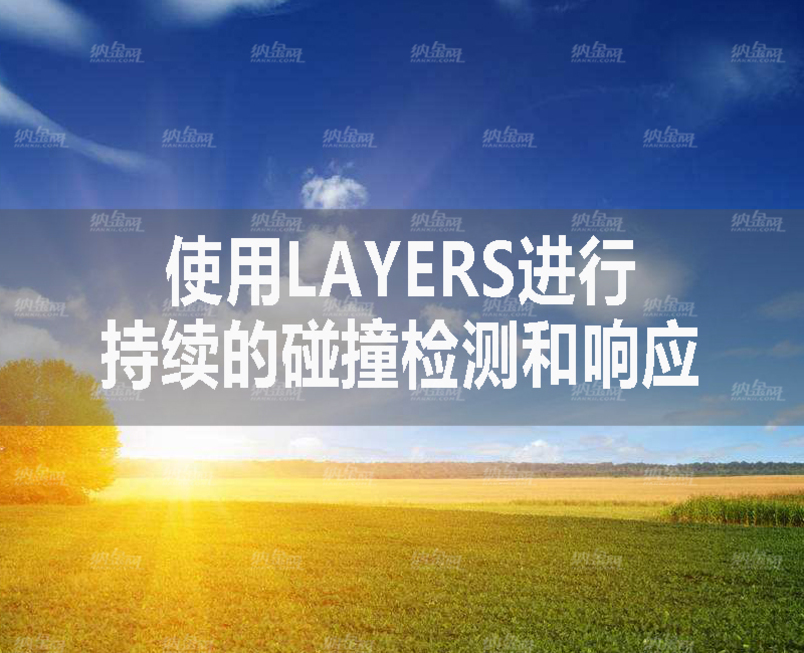UnrealEngine4:Post Process Shader练手(HLSL)
来源:
52vr |
责任编辑:传说的落叶 |
发布时间: 2019-06-18 09:02 | 浏览量:
UE4的材质大多数都是通过节点连线的,使用节点连线效率更高,对艺术家也更友好。但是用久了之后也会怀念当年写HLSL着色器代码的青葱岁月(注:这篇文章原本写于2015年10月,那段青葱岁月应该指的是倒腾FX composer的时光)。万幸UE4内置了Custom节点,可以编译着色器代码,所以不禁手痒写了几个后期特效,写篇文章记录一下吧!
Edge Detection
先有必要解释一下一些函数和参数:SceneTextureLookup函数指的是从总共的SceneTexture中选取对应ID的Texture,并且通过纹理坐标进行采样。参数分别为纹理坐标,Texture的ID和是否有Filter。LMN指的是进行grayscale操作中各颜色通道组成的向量,方便直接点乘。
材质如下:
节点代码如下:
[代码]:
02 |
float t1 = dot(SceneTextureLookup (UV + float2(-1.0f / sW, -1.0f / sH),tIndex, false), LMN ); |
03 |
float t2 = dot(SceneTextureLookup (UV + float2(0 , - 1.0f / sH),tIndex, false), LMN ); |
04 |
float t3 = dot(SceneTextureLookup (UV + float2(1.0f / sW, -1.0f / sH),tIndex, false), LMN ); |
05 |
float m1 = dot(SceneTextureLookup (UV + float2(-1.0f / sW, 0),tIndex ,false), LMN); |
06 |
float b1 = dot(SceneTextureLookup (UV + float2(-1.0f / sW, 1.0f / sH),tIndex, false), LMN ); |
07 |
float b2 = dot(SceneTextureLookup (UV + float2(0 , 1.0f / sH),tIndex, false), LMN ); |
08 |
float b3 = dot(SceneTextureLookup (UV + float2(1.0f / sW, 1.0f / sH),tIndex, false), LMN ); |
09 |
float tot1 = t3 + b3 + ( 2 * m3) - t1 - (2 * m1 ) - b1; float tot2 = b1 + (2 * b2 ) + b3 - t1 - ( 2 * t2) - t3; |
11 |
if ((( tot1 * tot1 ) + (tot2 * tot2 )) > 0.05 ) |
13 |
col = float4 (0, 0,0 ,1); |
17 |
col = float4 (1, 1,1 ,1); |
其实原理很简单,就是DIP中的滤波……
效果如下:
原场景如下:
说实话,其实我挺喜欢这种风格……
浮雕风格
浮雕特效的shader其实特别简单,是一个只关于左上角和右下角的Filter。代码如下:
[代码]:
2 |
float4 s22 = SceneTextureLookup (UV, tIndex,false); |
3 |
float4 s11 = SceneTextureLookup (UV + float2(-1.0f / sW, -1.0f / sH),tIndex, false); |
4 |
float4 s33 = SceneTextureLookup (UV + float2(1.0f / sW, 1.0f / sH),tIndex, false); |
5 |
s11.rgb = ( s11.r + s11. g + s11.b ); |
6 |
s22.rgb = ( s22.r + s22. g + s22.b ) * -0.5; |
7 |
s33.rgb = ( s22.r + s22. g + s22.b ) * 0.2 ; |
8 |
return ( s11 + s22 + s33); |
效果如下:
原来场景:
ASCII Art
代码参考自shadertoy,说实话我也没搞懂这是什么鬼……
代码如下:
[代码]:
02 |
float2 uv = UV .xy * ScreenResolution.xy ; |
03 |
float3 col = SceneTextureLookup( floor(uv /8.0)* 8.0/ScreenResolution .xy, tIndex,false); |
04 |
float gray = (col.r + col. b)/2.0; |
06 |
if ( gray > 0.2) n = 65600.0 ; |
07 |
if ( gray > 0.3) n = 332772.0 ; |
08 |
if ( gray > 0.4) n = 15255086.0 ; |
09 |
if ( gray > 0.5) n = 23385164.0 ; |
10 |
if ( gray > 0.6) n = 15252014.0 ; |
11 |
if ( gray > 0.7) n = 13199452.0 ; |
12 |
if ( gray > 0.8) n = 11512810.0 ; |
13 |
float2 p = fmod (uv/ 4.0, 2.0) - 1.0 ; |
14 |
p = floor (p* float2(4.0 , - 4.0) + 2.5 ); |
15 |
if ( clamp(p .x, 0.0 , 4.0 ) == p.x && clamp (p. y, 0.0, 4.0 ) == p.y) { |
16 |
float c = fmod(n /exp2( p.x + 5.0*p .y), 2.0 ); |
17 |
if ( int(c ) == 1 ) col = col*1 ; |
21 |
return float4(col, 1.0); |
效果如下:













